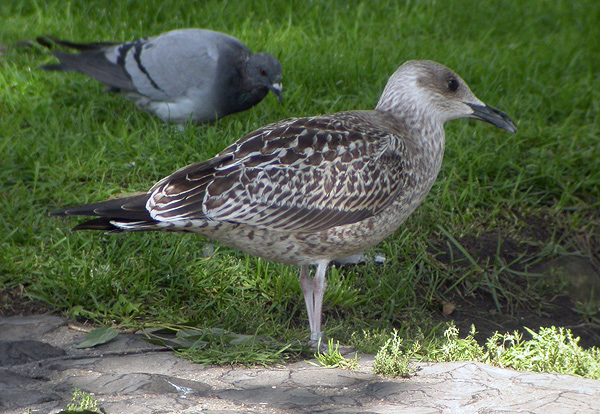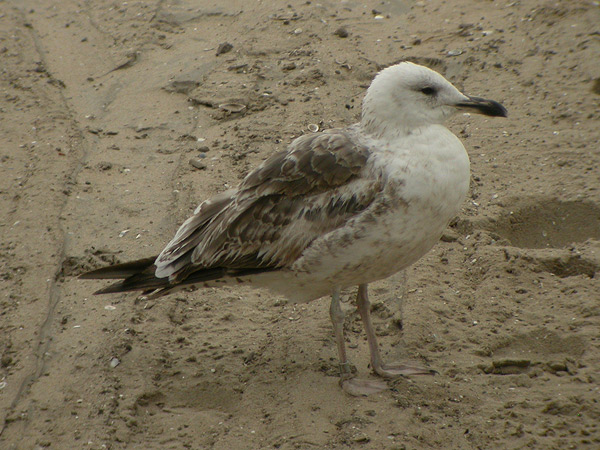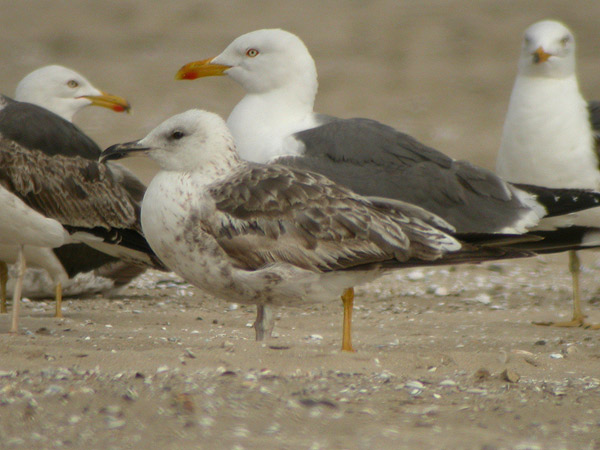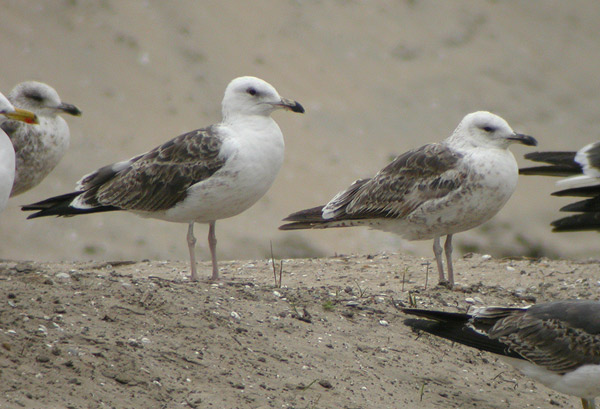 Lesser Black-backed Gull (graellsii & intermedius)
Lesser Black-backed Gull (graellsii & intermedius)
(last update: May 17 2015)
lbbg 1cy May
lbbg 1cy June
lbbg 1cy July
lbbg 1cy August
lbbg 1cy September
lbbg 1cy October
lbbg 1cy November
lbbg 1cy December
lbbg 2cy January
lbbg 2cy February
lbbg 2cy March
lbbg 2cy April
lbbg 2cy May
lbbg 2cy June
lbbg 2cy July
lbbg 2cy August
lbbg 2cy September
lbbg 2cy October
lbbg 2cy November
lbbg 2cy December
lbbg 3cy January
lbbg 3cy February
lbbg 3cy March
lbbg 3cy April
lbbg 3cy May
lbbg 3cy June
lbbg 3cy July
lbbg 3cy August
lbbg 3cy September
lbbg 3cy October
lbbg 3cy November
lbbg 3cy December
lbbg sub-ad Jan
lbbg sub-ad Febr
lbbg sub-ad March
lbbg sub-ad April
lbbg sub-ad May
lbbg sub-ad June
lbbg sub-ad July
lbbg sub-ad Aug
lbbg sub-ad Sept
lbbg sub-ad Oct
lbbg sub-ad Nov
lbbg sub-ad Dec
lbbg adult January
lbbg adult February
lbbg adult March
lbbg adult April
lbbg adult May
lbbg adult June
lbbg adult July
lbbg adult August
lbbg adult September
lbbg adult October
lbbg adult November
lbbg adult December
(5 images) LBBG 1cy NLA 5.179.990August 2004 & June 2005 Amsterdam, the Netherlands.
below: 5.179.990, August 28 2004. R. Altenburg.
Bird ringed at Schaalsmeerpolder, Oost-Knollendam, the Netherlands (close to Amsterdam) on June 13 2004.

below 4 photo's: 2cy 5.179.990, June 12 2005. R. v. Dijk & R. Altenburg.
Here you find another typical local first type 2cy LBBG with a very pale head.
There are no juvenile feathers in the scapulars and mantle; they are either second generation and very abraded (the fringes are completely worn away) or fresh third generation (dark blackish-grey without obvious internal markings).
The moult has started and the inner primaries have been shed, P1 is now growing again, P5-P10 are still old juvenile. In the mean time, replacement of the wing-coverts has started as well, and the common sequence is followed by this individual. Note the difference between the recently required wing-coverts, which show very neat tips and the wing-coverts replaced a few months ago on the wintering grounds. For instance, in the left wing greater coverts 1-3 are much older. The inner median coverts were replaced in an early stage as well, while the outer medians are currently replaced and are growing. These median coverts are replaced form outside to inside. The outer greater coverts are still juvenile and are brown based and very worn.
The last picture shows this bird in flight. The tail feathers are in active moult, which is at an unusual early stage of the complete moult (normally tail-feather moult starts when primary moult arrives at P6 (P5 fully grown).



